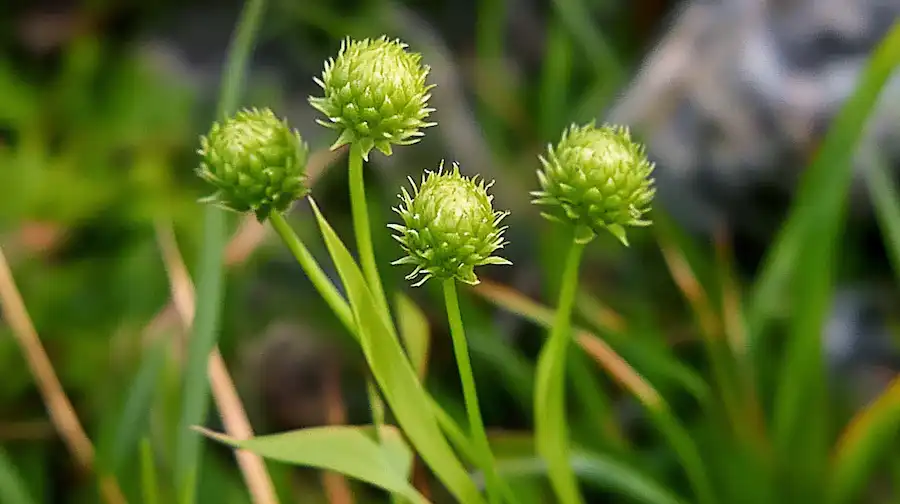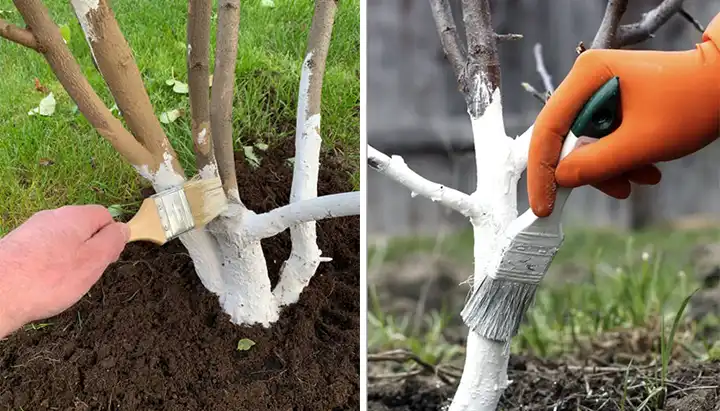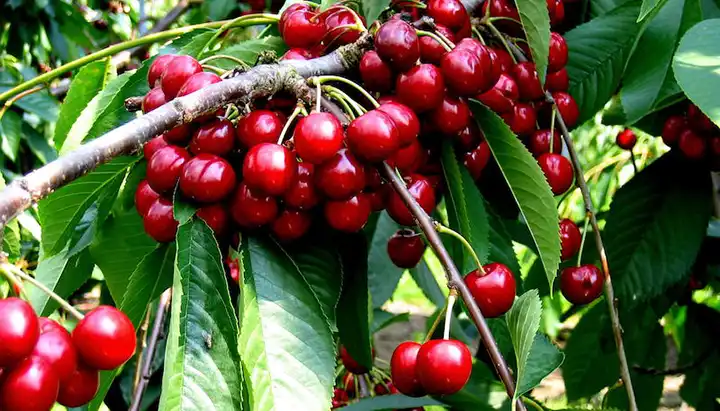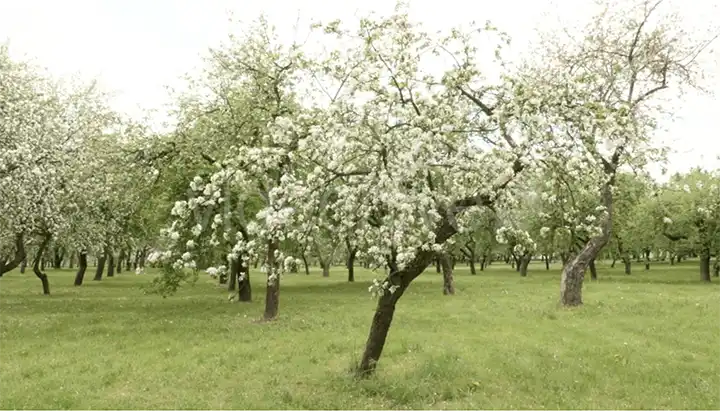The Influence of Magnets on Plant Growth: Exploring the Effects of Placing a Magnet in a Pot
The use of magnets in gardening, particularly in terms of placing magnets in a pot with plants, has generated interest among gardeners and scientists alike. This article delves into the effects of magnetic fields on plant growth and development, examining the scientific principles behind it and practical applications.
The Science Behind Magnets and Plant Growth

- Magnetic Field Interactions: Plants are known to be sensitive to electromagnetic fields, of which magnets are a source. The Earth itself is a giant magnet, with its core generating a magnetic field that influences various natural processes.
- Magnetic Treatment of Seeds: Studies have shown that treating seeds with magnetic fields can enhance germination by accelerating protein formation in the cells. This leads to more rapid and robust growth.
- Impact on Germination and Development: The application of magnetic fields has been shown to increase mean germination rates, root and shoot growth, photosynthetic pigment content, and cell division, enhancing the overall productivity of the plants.
- Physiological and Biochemical Changes: Magnetic fields can reprogram primary and secondary metabolites, enzyme activities, and nutrient and water uptake in plants. This reprogramming stimulates growth and yield under favorable conditions and mitigates stress effects under adverse conditions such as drought or soil contamination.
- Role of Geomagnetism: The Earth’s geomagnetic field (GMF) is a constant environmental factor affecting plant growth. Both strong and weak magnetic fields, compared to GMF, play specific roles in plant growth and development.
Practical Applications and Considerations
- Home Gardening Use: By placing a magnet in a plant pot, gardeners can potentially influence the growth and health of their plants. The magnetic field created by the magnet can interact with the natural geomagnetic field and affect the plant’s growth processes.
- Variability of Effects: The impact of magnetic fields on plants may depend on the species, intensity of the magnetic field, and duration of exposure. This variability necessitates careful experimentation and observation in home gardening applications.
- Eco-Friendly Technique: Using magnets in gardening is an eco-friendly approach as it doesn’t emit waste or harmful radiation and doesn’t require external power. This makes it a sustainable option in modern agriculture.

The use of magnets in plant pots represents an intriguing intersection of gardening and science. While the full extent of the effects of magnetic fields on plant growth is still being explored, initial studies and practical applications suggest that magnets can positively influence plant health and productivity. Gardeners interested in experimenting with this technique should consider the species-specific responses and tailor their approach accordingly. As research continues, the potential of magnetic fields in enhancing plant growth presents a fascinating area for further exploration in both home gardening and agriculture.
Inspired by this? Share the article with your friends!


















